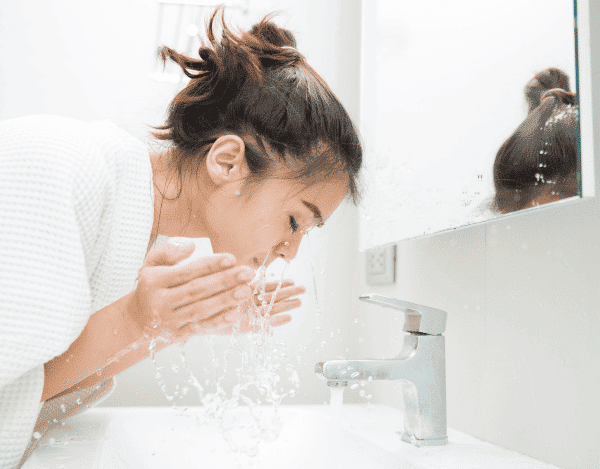

Lime is formed when calcium and magnesium combine with carbon dioxide dissolved in water. The hardness of water depends on its content of calcium and magnesium ions. If the water contains a lot of lime, i.e. a high content of calcium and magnesium ions, the water is called limy or “hard”. If there are hardly any minerals in the water, it is low in lime or “soft”.
You can find out how hard the water in your home is by asking your local water supplier. In Germany, water hardness is measured in °dH (degrees of German hardness). If the value is less than 8.4 °dH, the water is soft and therefore not very calcareous, if the value is between 8.4°dH and 14°dH it is medium hard and if the concentration is above 14°dH it is called hard and therefore calcareous water. Since the hardness of the water due to the lime content has an influence on many kitchen appliances and the effect of detergents (the harder the water the more soap, detergents and cleaning agents are needed), it is useful to know about the water hardness of your own water. In this way, appropriate measures can be taken, such as regular descaling of kettles and coffee machines.
No, quite the opposite. Hard water contains minerals that are essential for building bones, teeth and muscles. Thus, a high lime content in the water is even healthy for the body. But not everything that is healthy for the body from the inside is also good for it from the outside.
Due to its high content of minerals, hard water leaves a fine mineral film on the skin, which disrupts the skin barrier function. Due to the disturbed barrier function, the skin loses more moisture. This is the reason for a feeling of tightness on the skin after showering. A strong loss of moisture, for example due to the combination of a genetic skin barrier disorder (atopic dermatitis tendency) and lime-rich water, can lead to skin problems such as eczema and dandruff. Accordingly, limy water can unfortunately have a negative effect on the skin.
Depending on the hardness of the water, it makes sense either to install a decalcification system in the house or to apply a lime filter attachment directly to the faucet, which filters the minerals directly when the water comes out of the tap. It also helps not to take showers that are too hot and too long. This is because the hotter the water is, the more it dries out the skin. After showering, we also recommend that you apply a nourishing body lotion and face cream directly. No more than 3 minutes should pass between showering and applying the cream. So it is best to apply cream immediately after drying off.
Whether based on limy water, showering too hot or other reasons: Skin problems such as dryness and flaking nobody likes. However, you can treat this with mild, skin-friendly and caring products. These include products that have a pH value below 6 and contain active ingredients such as urea or panthenol. For particularly sensitive skin, it is also advisable to use fragrance-free care products to avoid further irritation and the development of contact allergies.
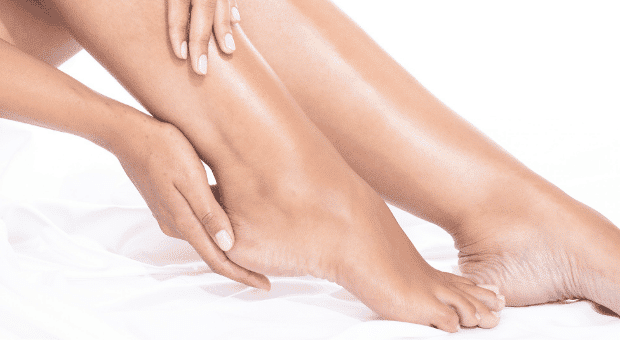
Struggling with dryness and cracking on your heels? Here you can learn more about the prevention and treatment of chapped or dry feet.
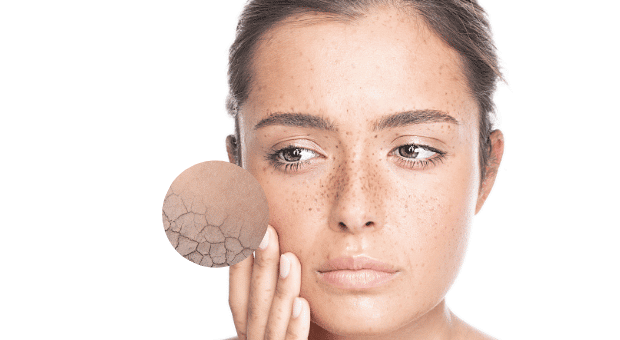
Feeling good in our own skin - that's what we all want. However, when the skin on your face is taut and itchy, it's not that easy. To change this, we reveal the causes of dryness on the face and simple care tips with which you can rebuild the skin's protective barrier.
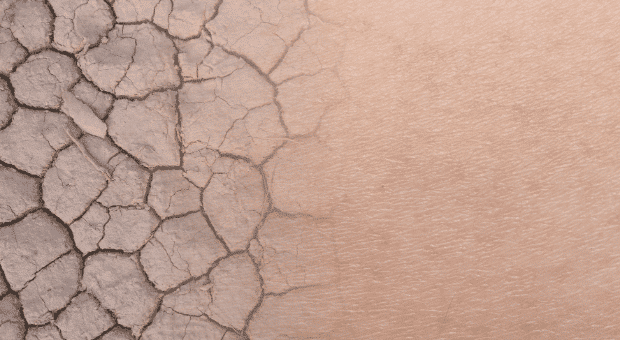
You have also noticed that your facial skin is drier than usual in winter? Or do your hands tend to be chapped during the winter months? Fortunately, there is not only a very simple explanation for this, but also three simple tips that you can use to combat dry skin in winter.

Learn how your skin changes from 30 and how you can delay the natural aging process by means of optimal facial care.
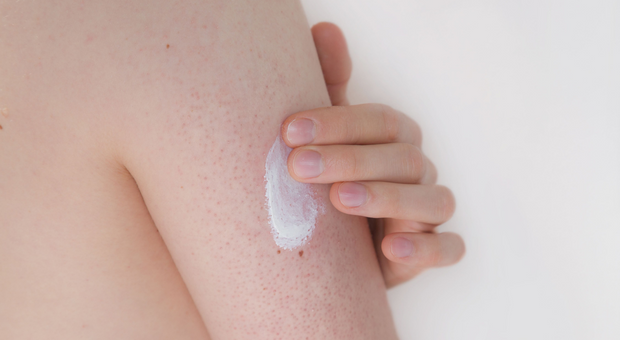
Keratosis Pilaris, Lichen Pilaris or Follicular Keratosis, colloquially known as chicken skin, has many names. But what exactly is the cause of this skin condition and We reveal what symptoms are and how to care for and treat rubbing iron skin.
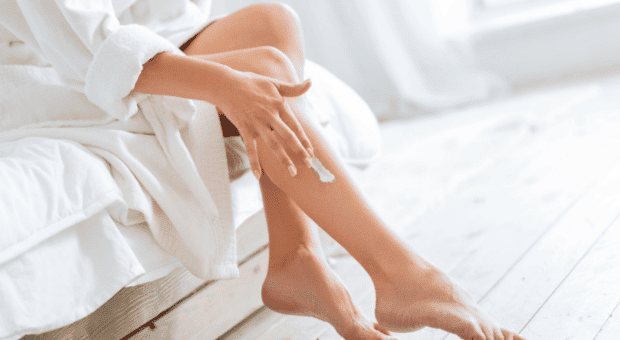
Dryness on the legs, rough knees or scaly shins are not only unpleasant, but also indicate that the skin in these areas lacks moisture and care. But what exactly is the cause of rough and dry skin on the legs and what can you do to restore enough moisture to the dried-out skin? Learn tips and tricks on how to avoid dry skin on your legs.